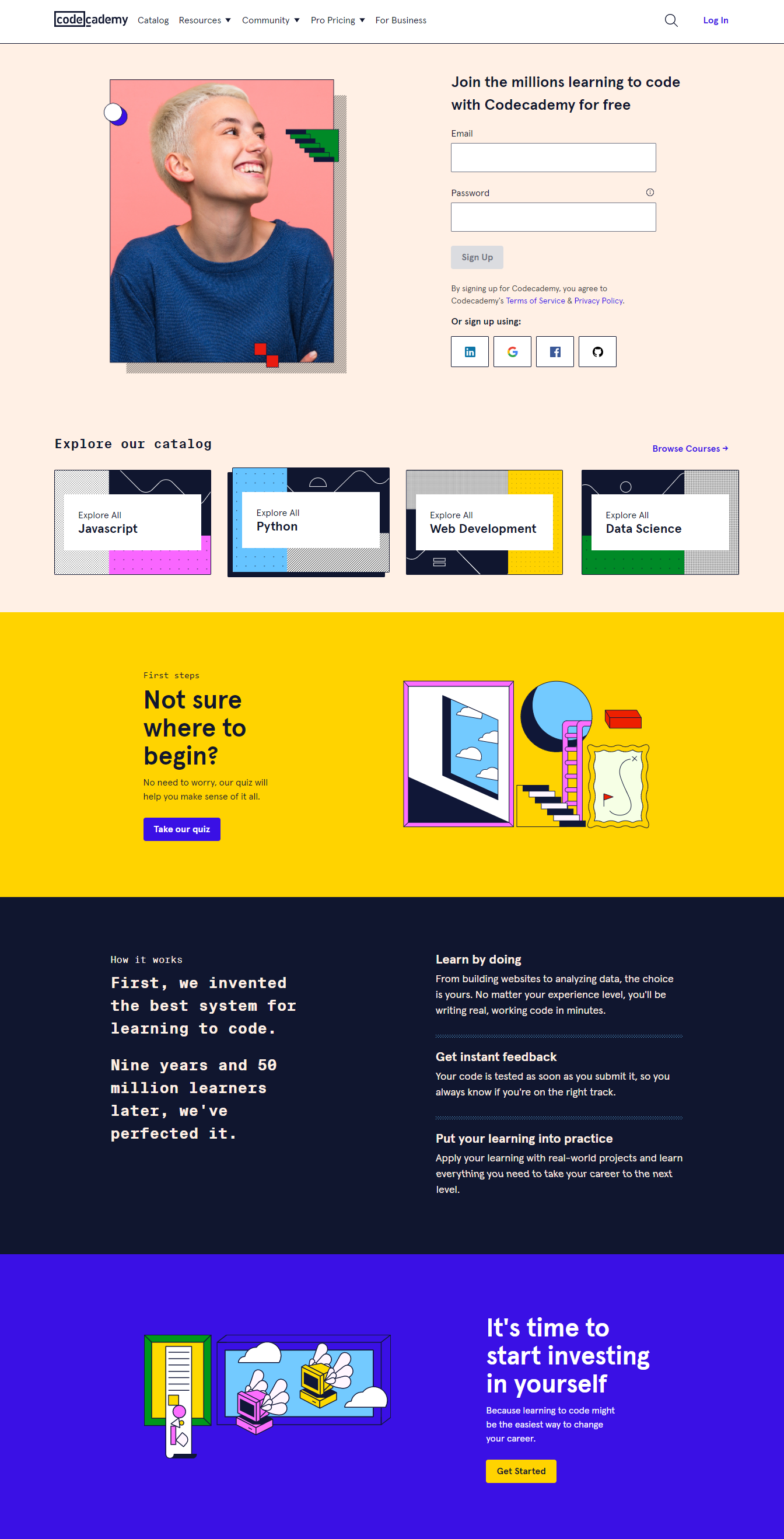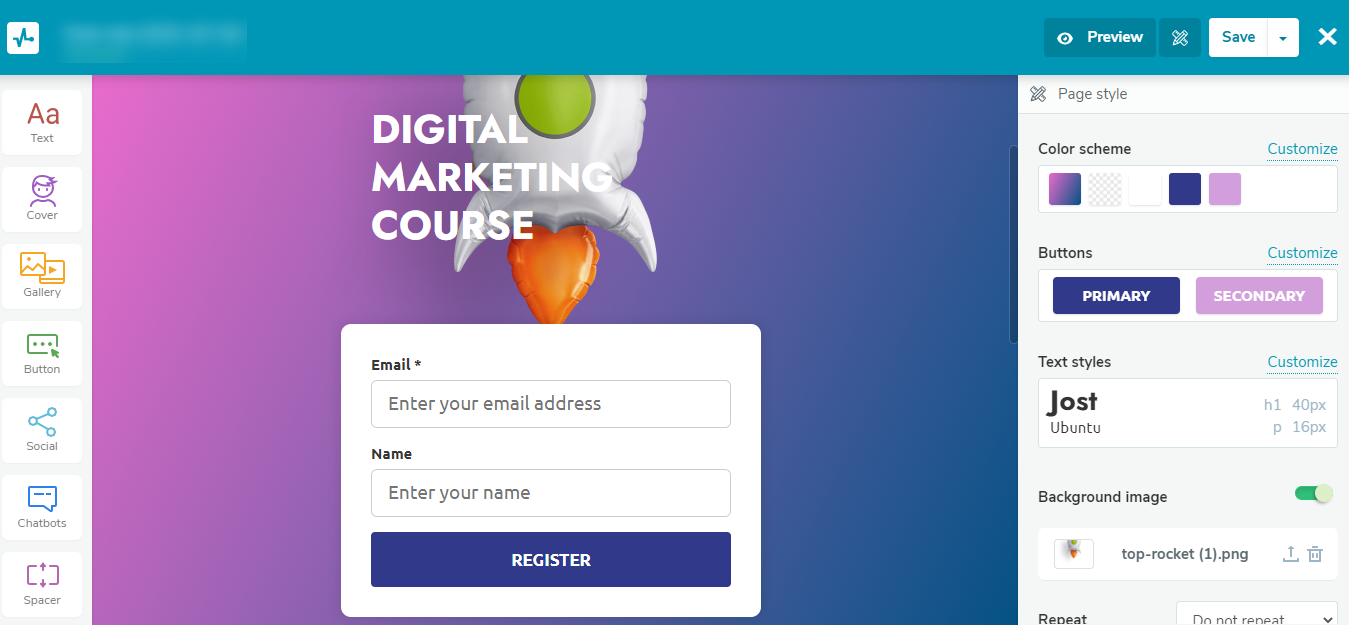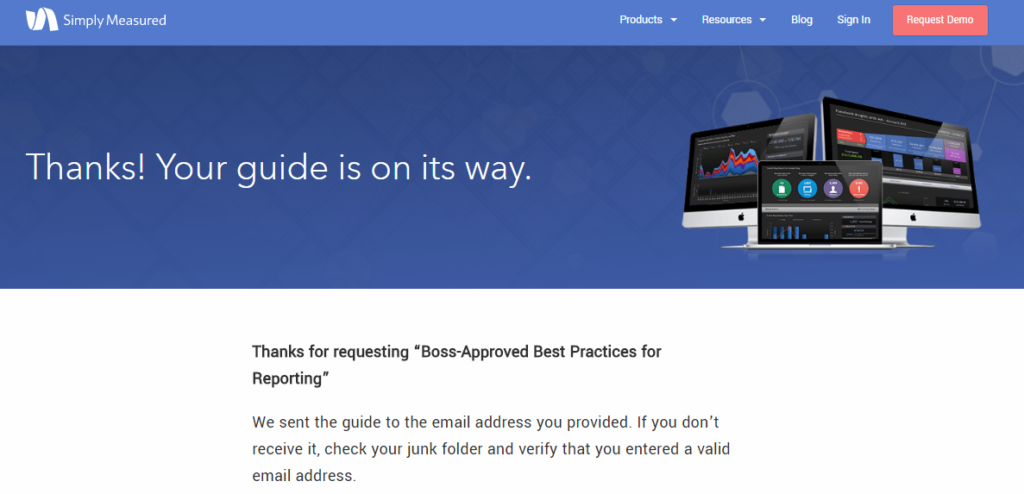A conversion path is a process during which site visitors provide their contact information and turn into leads. It encompasses descriptive and noteworthy content, visible call-to-action buttons, landing pages, and thank you pages.
In this article, we’ll unveil how a conversion path works and the ways to create it to generate more leads.
Obtaining personal information from an anonymous visitor and converting this person into a lead isn’t an easy task. Site owners should know at which stages people stop and don’t convert. It’ll help them optimize the process. By developing well-thought-out conversion paths, companies increase their chances to motivate users to start their buyer journey and obtain new customers and promoters of their brands.
How does a conversion path work?
A conversion path and its components (informative content, visible CTA, landing page, and thank you page) help brands attract visitors and convert them into prospects. With the right elements, businesses get more qualified leads, customers, and sales volume.
By creating and publishing quality content in different forms, brands educate site visitors about their products. This way, people can learn about what is important and interesting to them. With calls to action, users can access and enjoy a company’s blog posts, videos, and other content. A properly designed landing page aims at receiving information about readers, usually through an opt-in form. After submitting the required information, a new lead sees a thank you page with an offer.
Now let’s walk you through the ways to create your effective conversion path and get more clients.
How to Create a Conversion Path to Generate More Leads
- Publish quality content
- Design a visible and attractive CTA
- Develop a landing page that appeals to your ideal customer
- Create a great thank you page
In this section, we’ll discuss several great techniques essential for attracting more prospects to your product.
Publish quality content
The most powerful tool in inbound strategies is great content. Informative and relatively long articles, interactive and educational videos, and other forms of content turn occasional visitors into leads. Companies find different tools to communicate the message of their brands to their target audiences. They reach prospective customers with their content in emails and on landing pages and blogs.
You should be ready to create excellent content and optimize it for your buyer personas. It’s necessary to address the needs of your ideal customers and solve their problems. Focusing on their challenges and goals is your top priority at this stage.
Design a visible and attractive CTA
To let visitors access the landing page of your product or service, you need to have a CTA button. It should be visible and clear and encourage users to click. Remember, you begin a conversion path with each CTA. Hence, the better the button, the more chances to obtain additional conversions.
Let’s take MAC Cosmetics, for example. The email below contains a large CTA button to take the person to the necessary landing page.

Develop a landing page that appeals to your ideal customer
Once your content is ready, it’s time to jump into the next step — developing your landing page. Think about the ways to present your content and make people convert. To get more leads, make sure you have opt-in forms. Besides, your landing page should contain the benefits of your product that are the most relevant to customers. Don’t forget to create separate landing pages for different products.
Let’s take Codeacademy’s landing page, for example. Apart from being attractive and clear, it includes the information a client needs and an opt-in form. Besides, visitors can find out the platform’s benefits right away.

With SendPulse, you can create a visually appealing and mobile-friendly landing page without any technical skills by using our drag and drop builder.
You can see one of SendPulse’s templates for landing pages below.

Create a great thank-you page
This page is the end of your conversion path. These specialized website pages contain the information you promised in exchange for a person’s contact information: articles, books, templates, visuals, etc. They can also include CTAs to stimulate visitors to start their buyer journey.
For example, a thank-you page by SimplyMeasured informs visitors that a guide is sent to their email addresses.

To put it simply, anonymous visitors who complete their conversion path can become your company’s leads. The right path converts users into leads and then into your brand’s customers. Therefore, you need to do your best to design and implement this strategy for your company to reap its benefits.
Resources:
- This article defines the term and discusses the components that shape a good conversion path.
- In this article, you’ll find out how conversion paths work in inbound marketing.
Last Updated: 22.03.2023

or